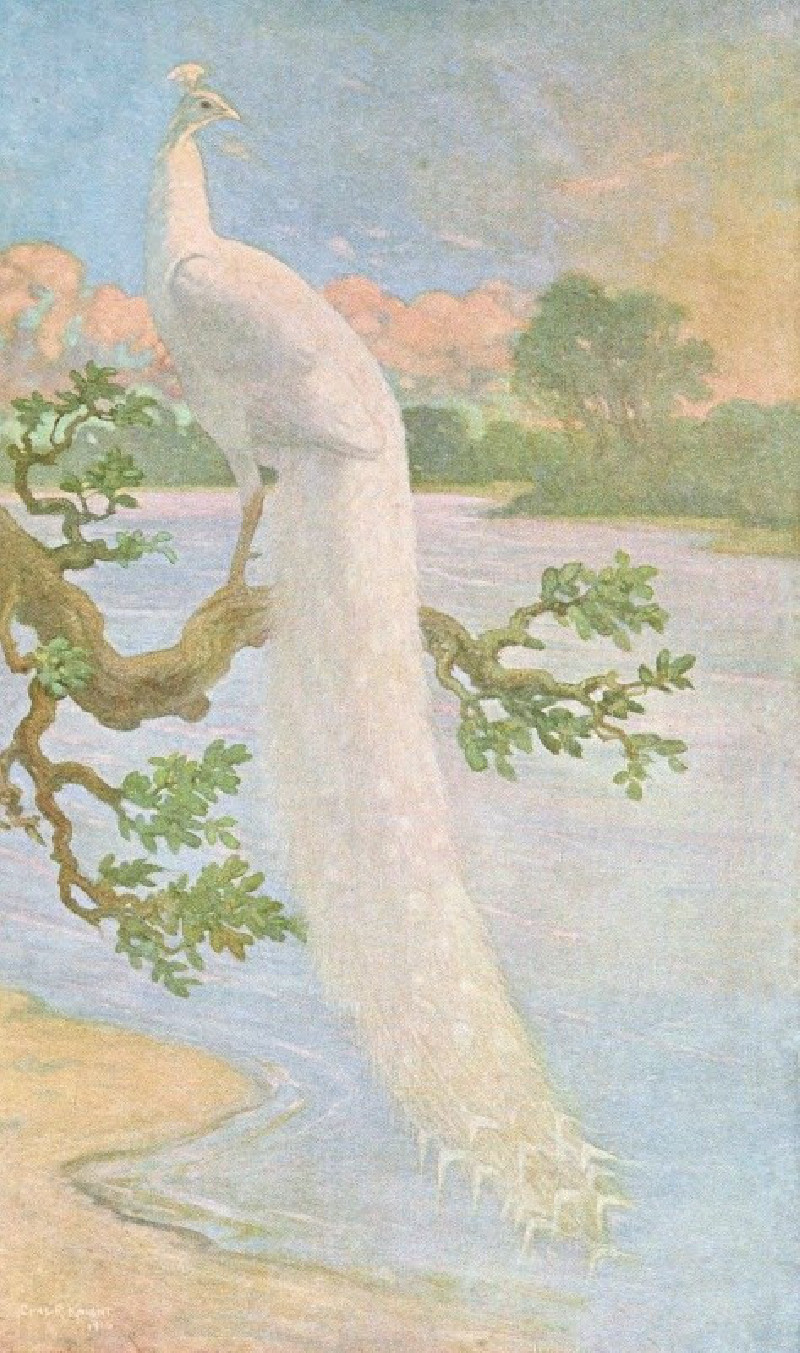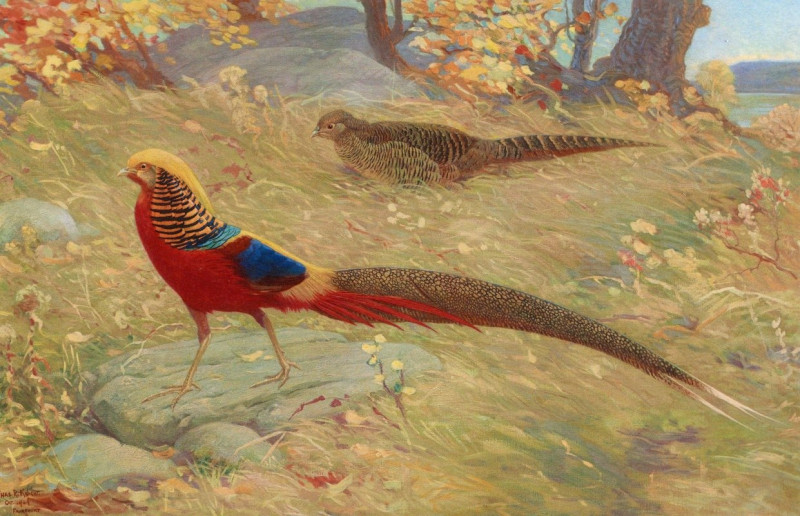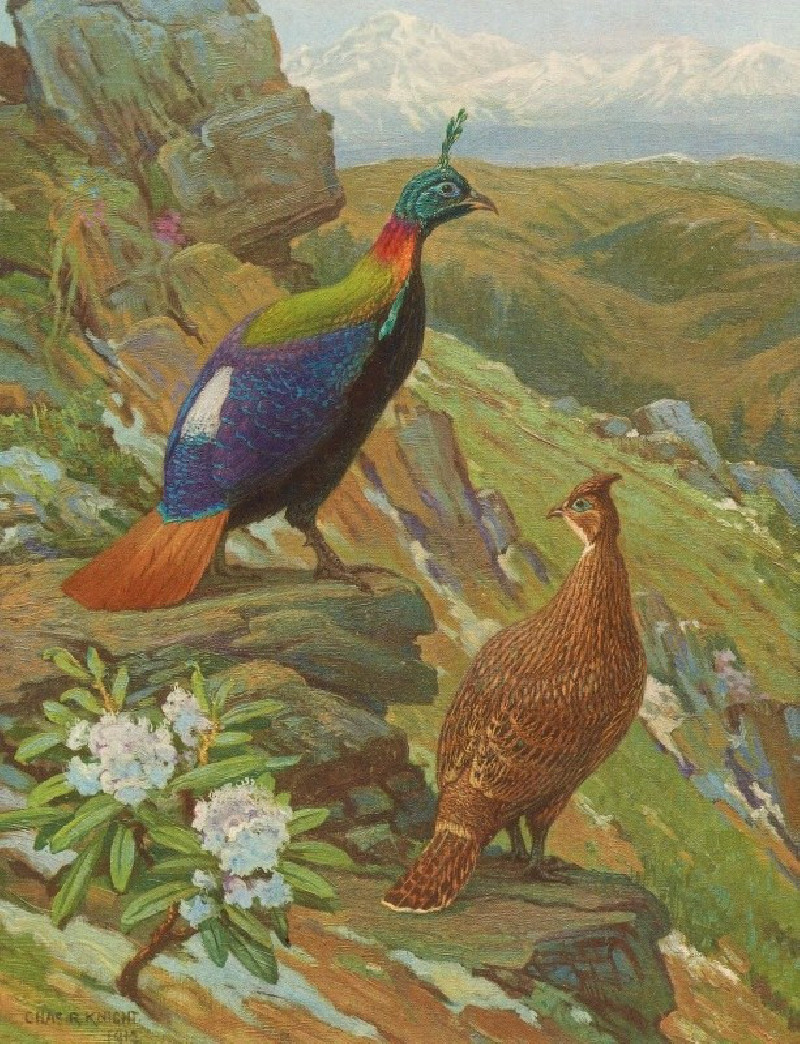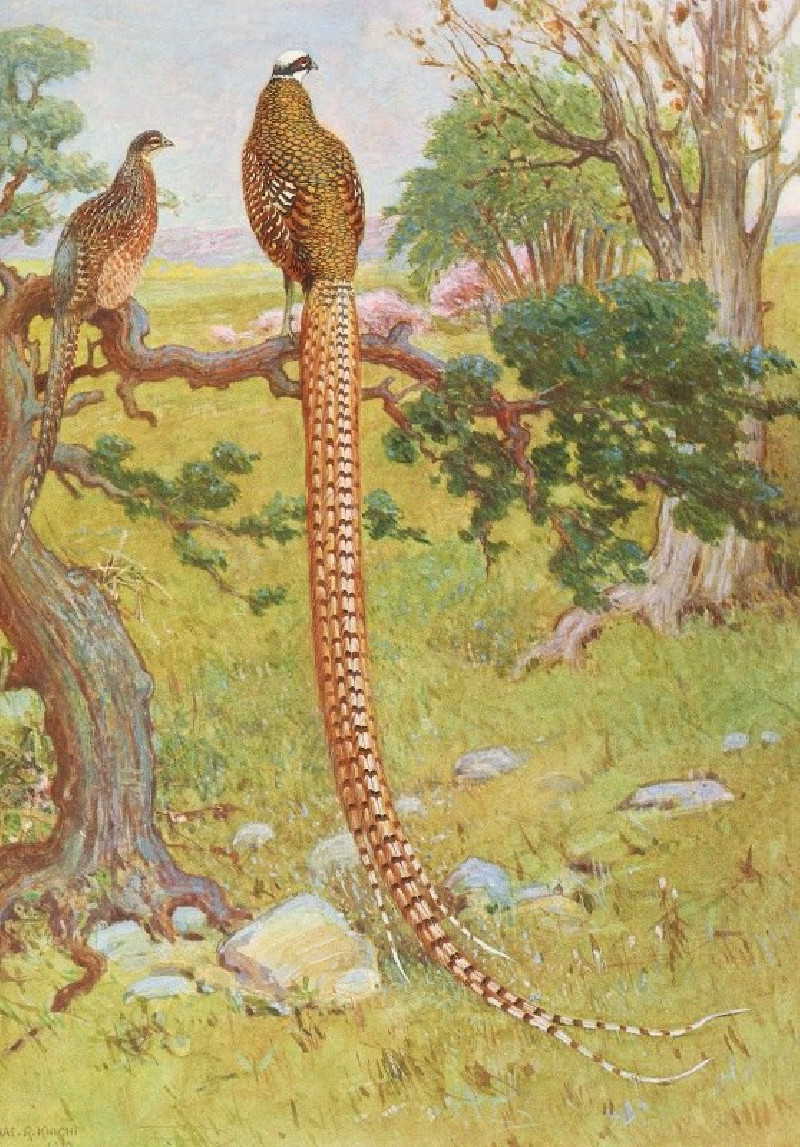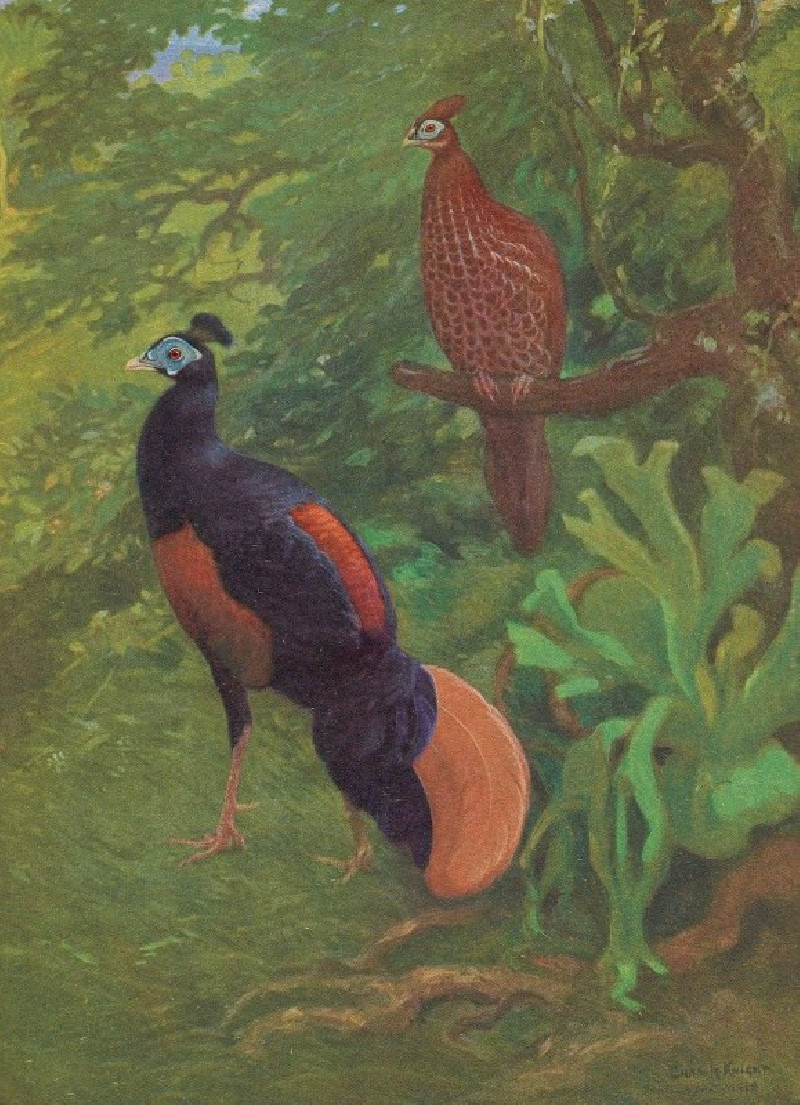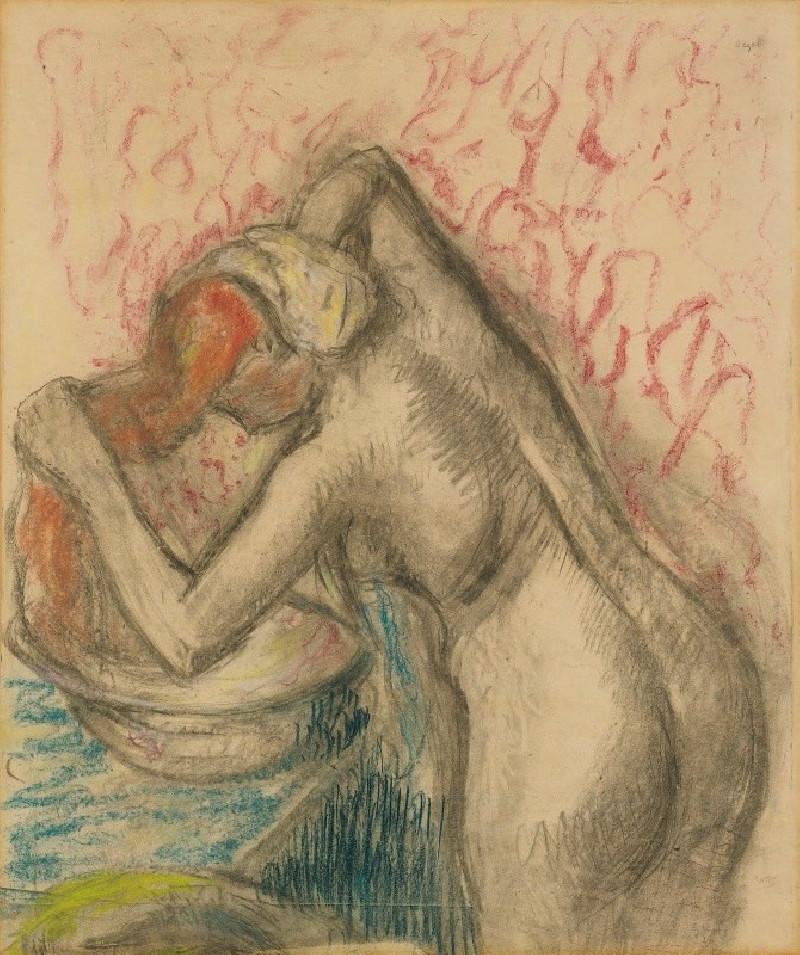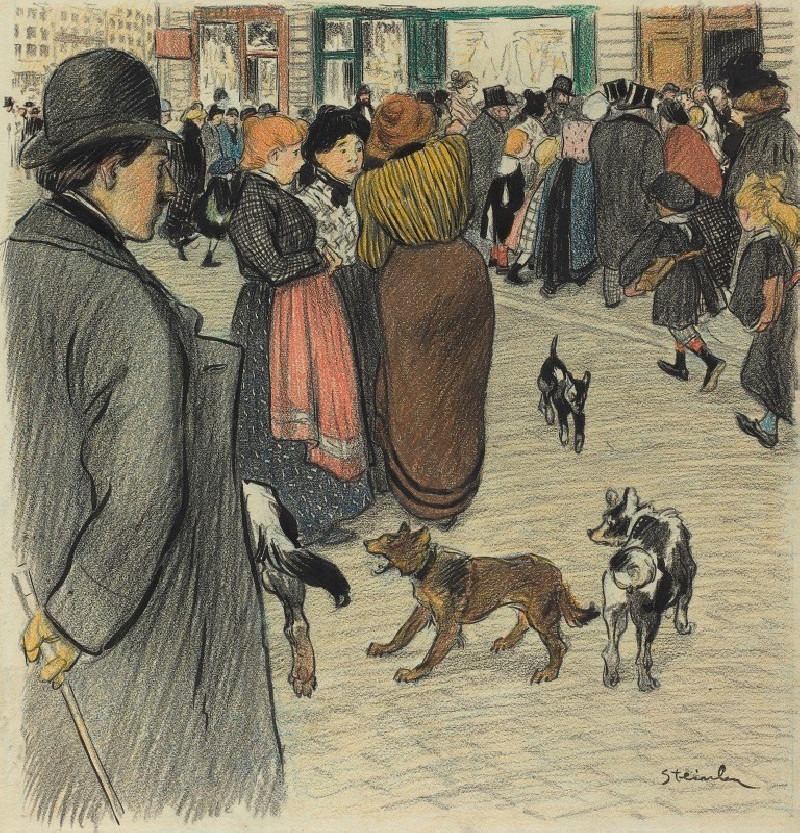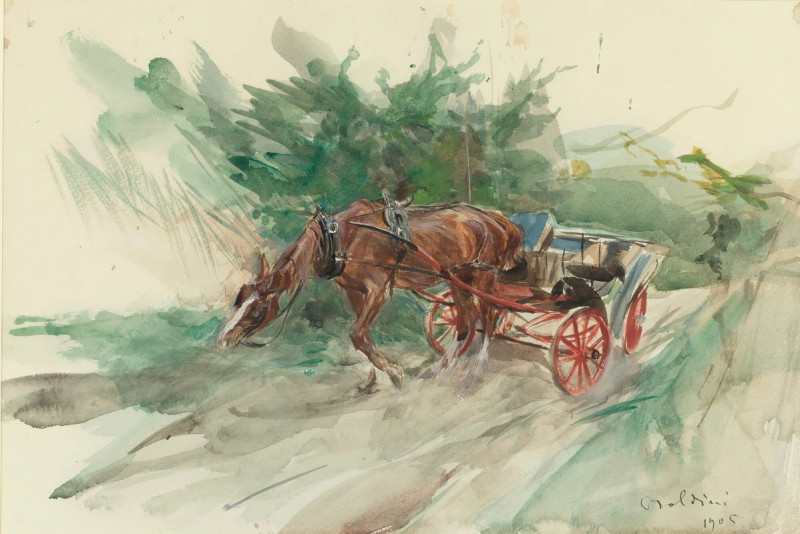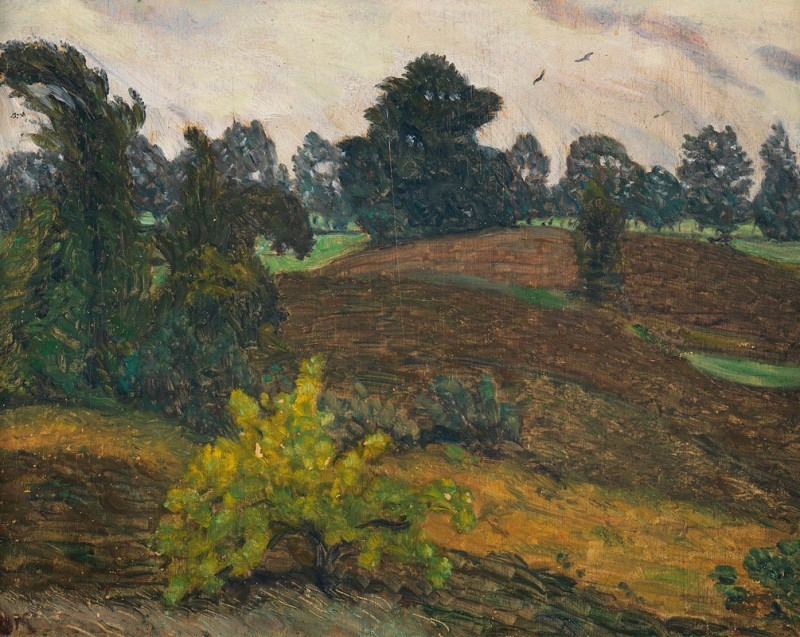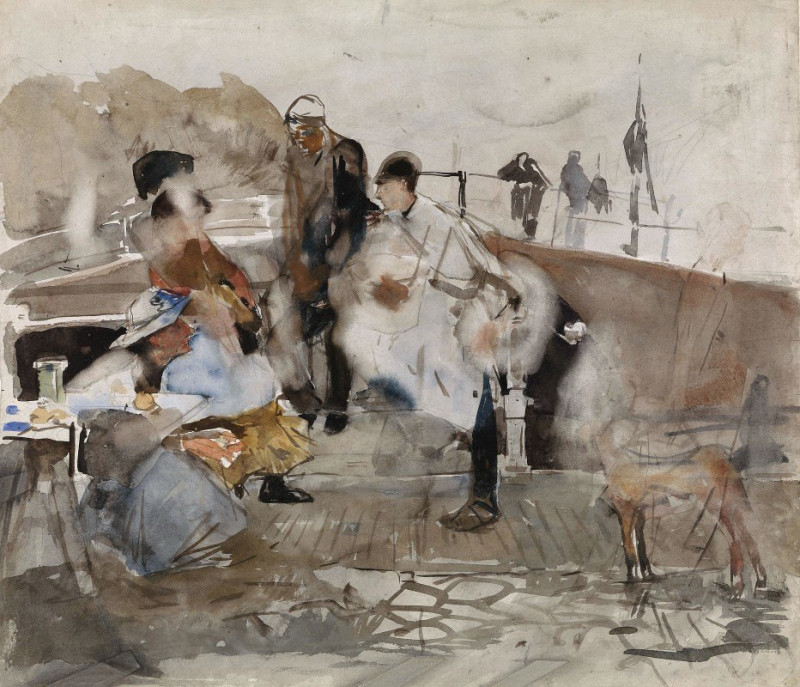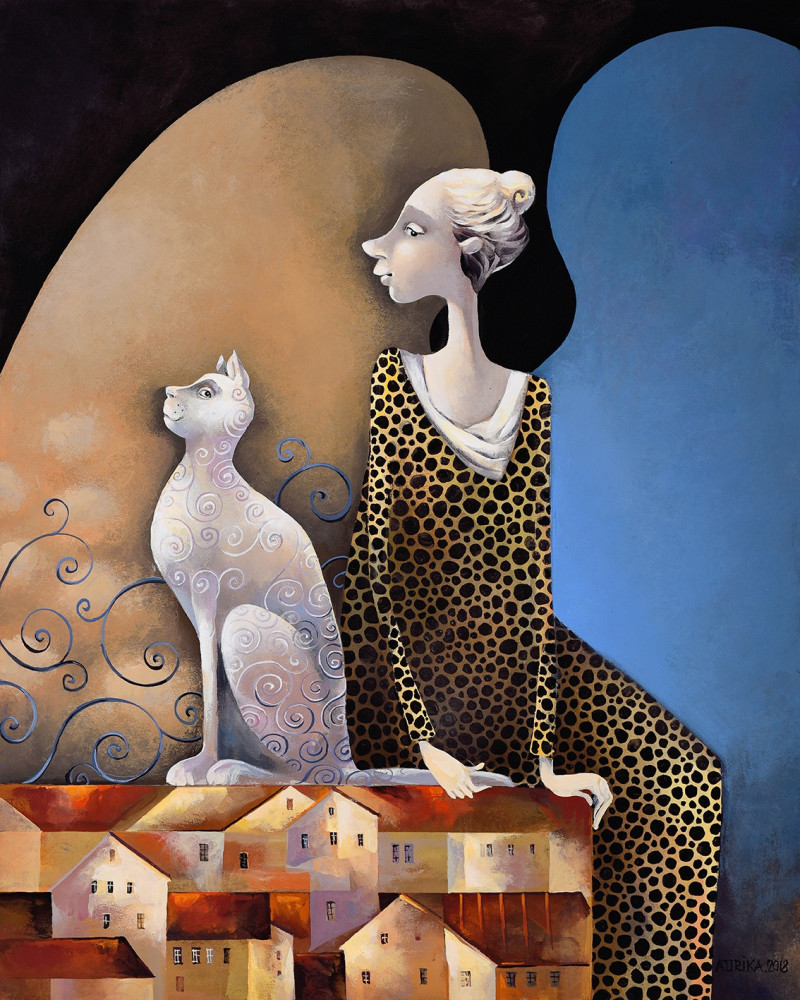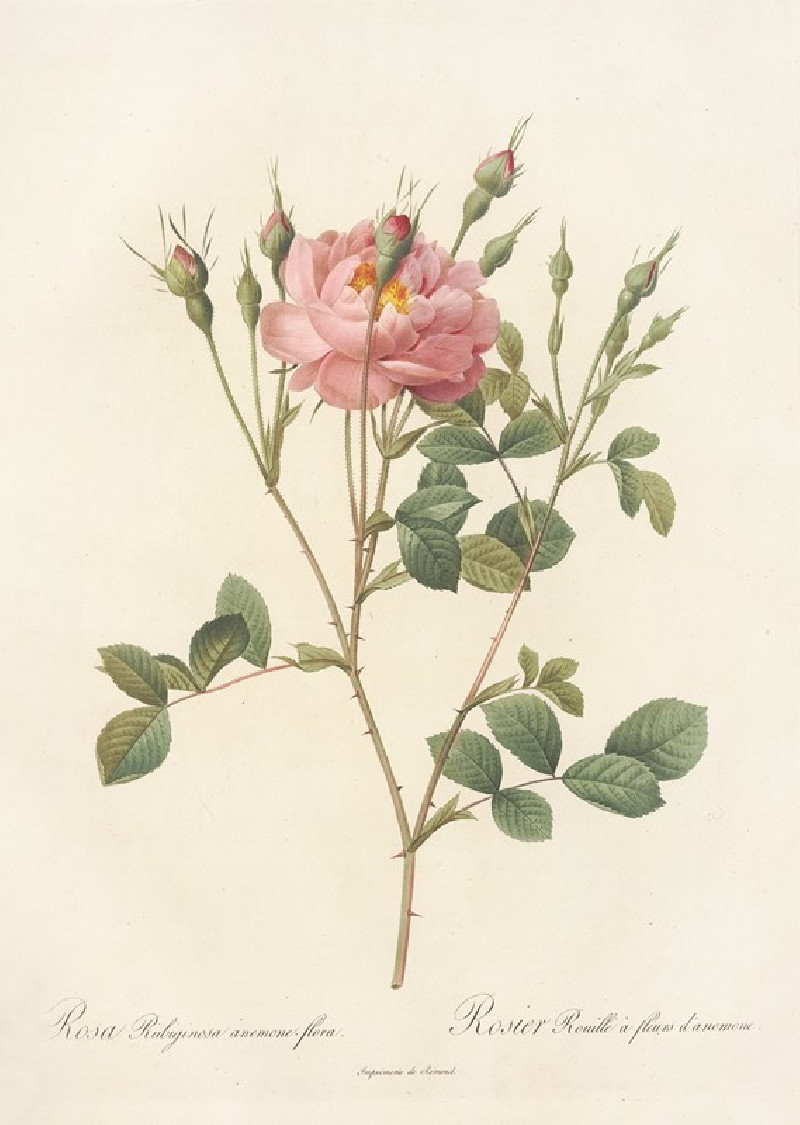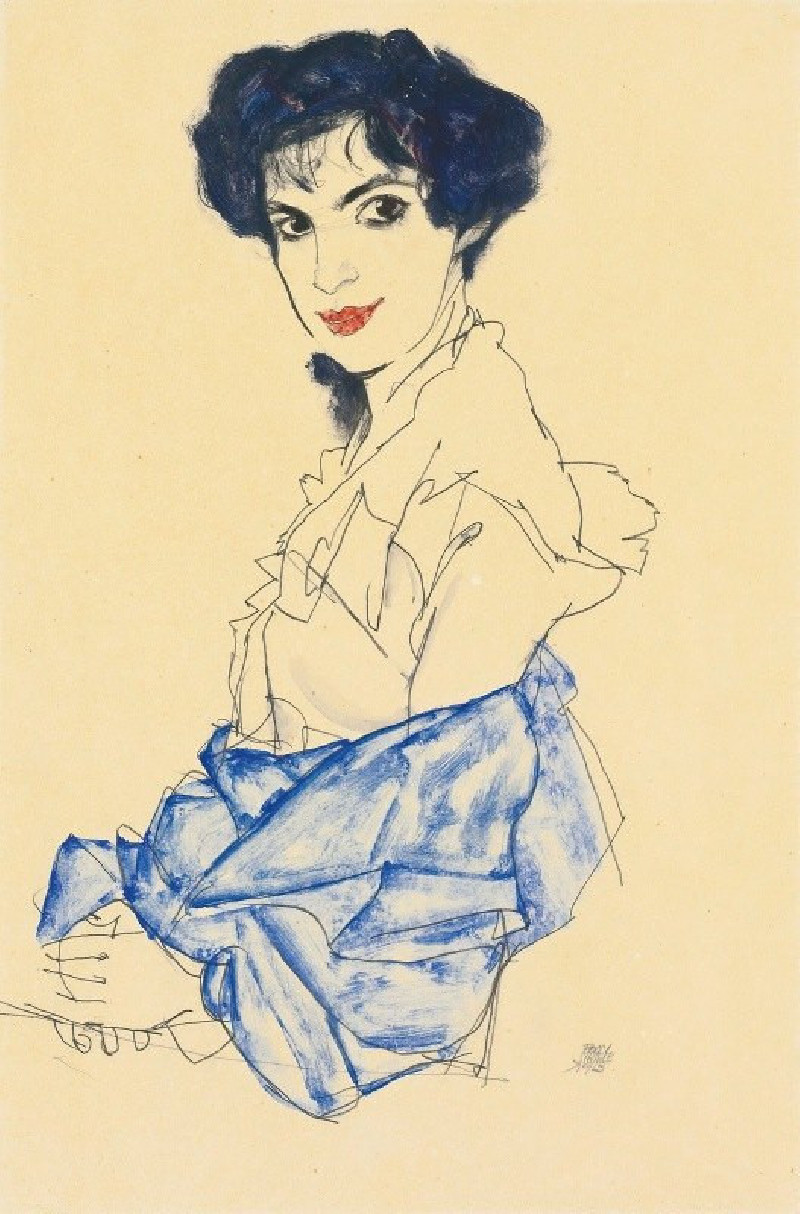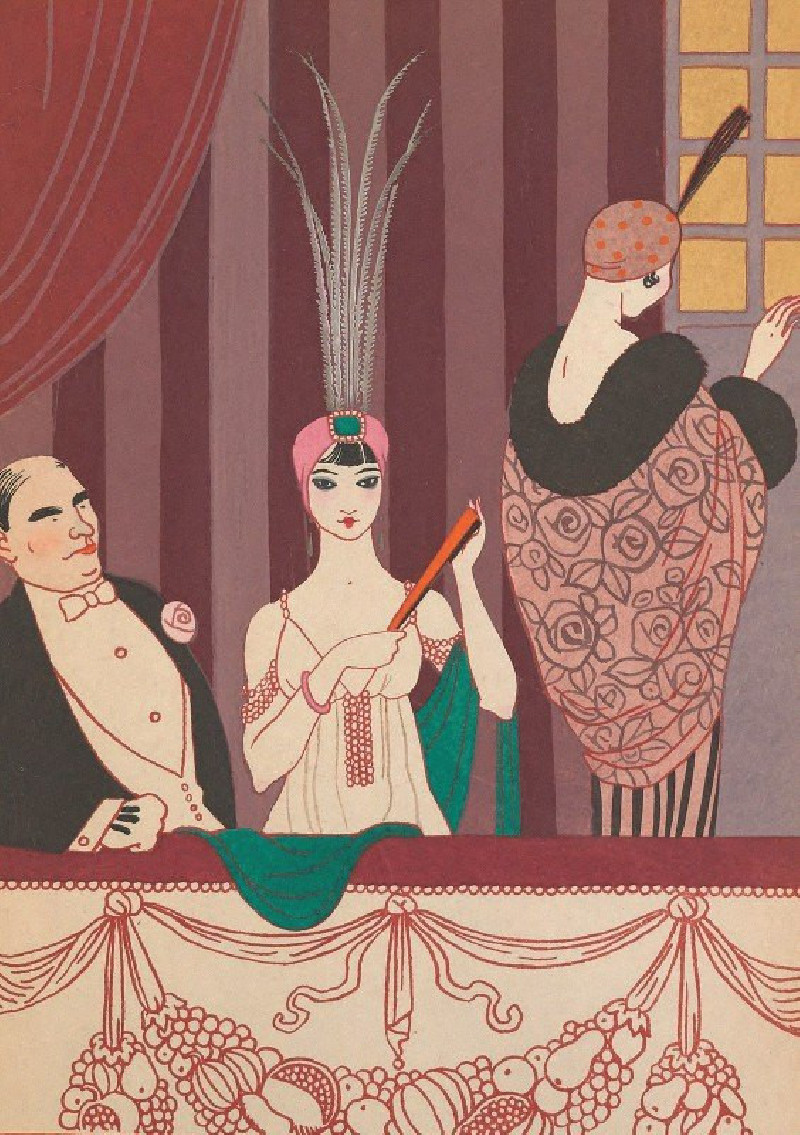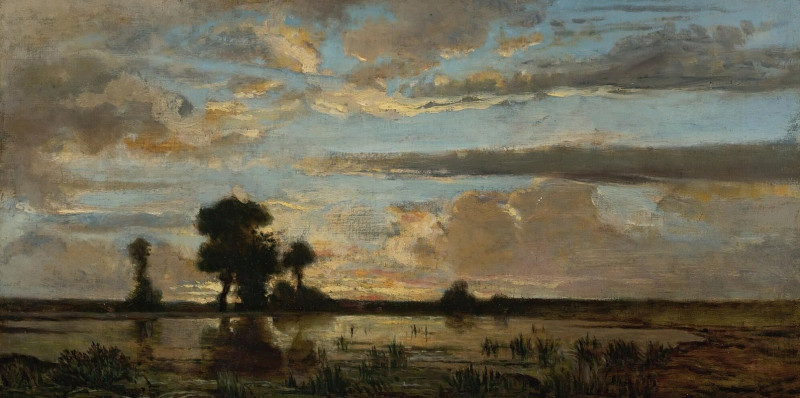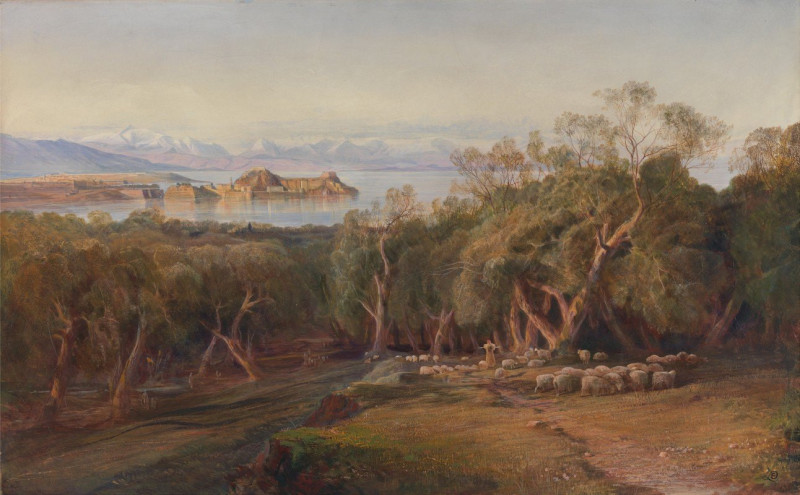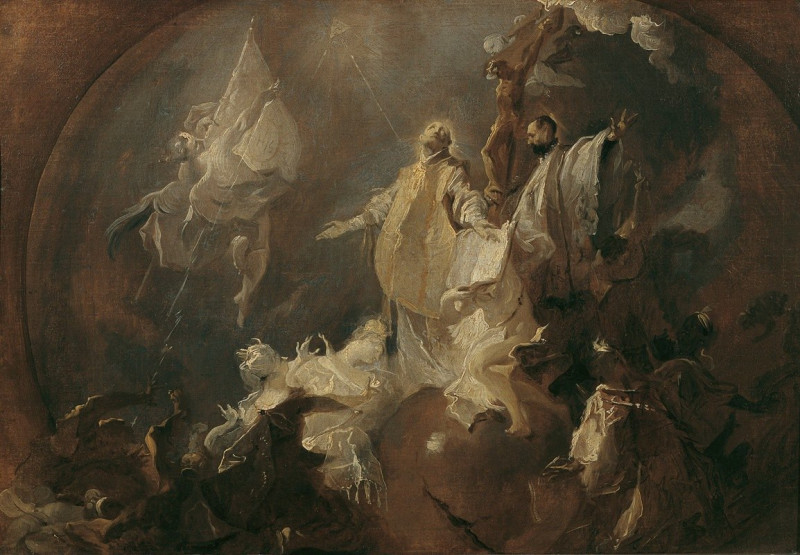White Peacock (1918-1922)
Technique: Giclée quality print
Recommended by our customers
More about this artwork
Among the gentle brushstrokes and serene landscapes typical of early 20th century paintings emerges "White Peacock" by Charles Robert Knight, a work that captivates with its quiet grace and understated elegance. Painted between 1918 and 1922, Knight’s piece portrays a majestic white peacock standing tall on the gnarled branch of an oak tree. The tree itself bends gracefully over tranquil waters, reflecting hints of the peacock and the sky above.The peacock's plumage cascades down like a silken train, masterfully rendered in shades of soft white and delicate hints of blue that suggest the reflection of the sky in its feathers. This bird, often symbolizing purity and renewal, is depicted with its neck arched and head turned slightly towards the sky, embodying a sense of nobility and introspection.Knight's use of light and color evokes a dreamlike atmosphere, with the pastel hues of the dawn or dusk sky lending an ethereal backdrop to the scene. The gentle ripples in the water and the textured greens of the oak leaves add a layer of tranquility, pulling the viewer into a moment of peaceful contemplation.
Delivery
Returns
Charles Robert Knight (October 21, 1874 – April 15, 1953) was an American wildlife and paleoartist best known for his detailed paintings of dinosaurs and other prehistoric animals. His works have been reproduced in many books and are currently on display at several major museums in the United States. One of his most famous works is a mural of Tyrannosaurus and Triceratops, which helped establish the two dinosaurs as "mortal enemies" in popular culture. Working at a time when many fossil discoveries were fragmentary and dinosaur anatomy was not well understood, many of his illustrations have later been shown to be incorrect representations. Nevertheless, he has been hailed as "one of the great popularizers of the prehistoric past".

